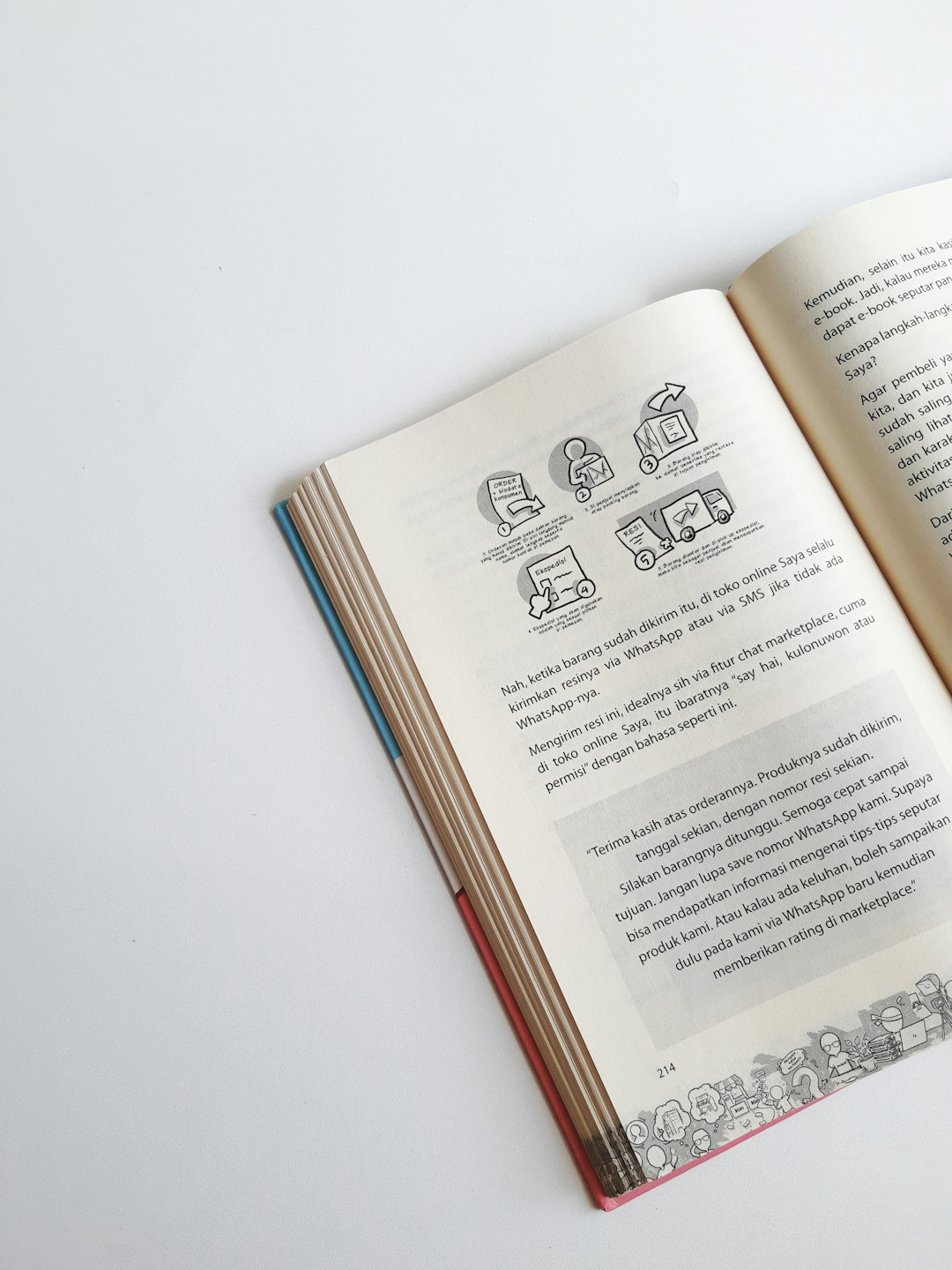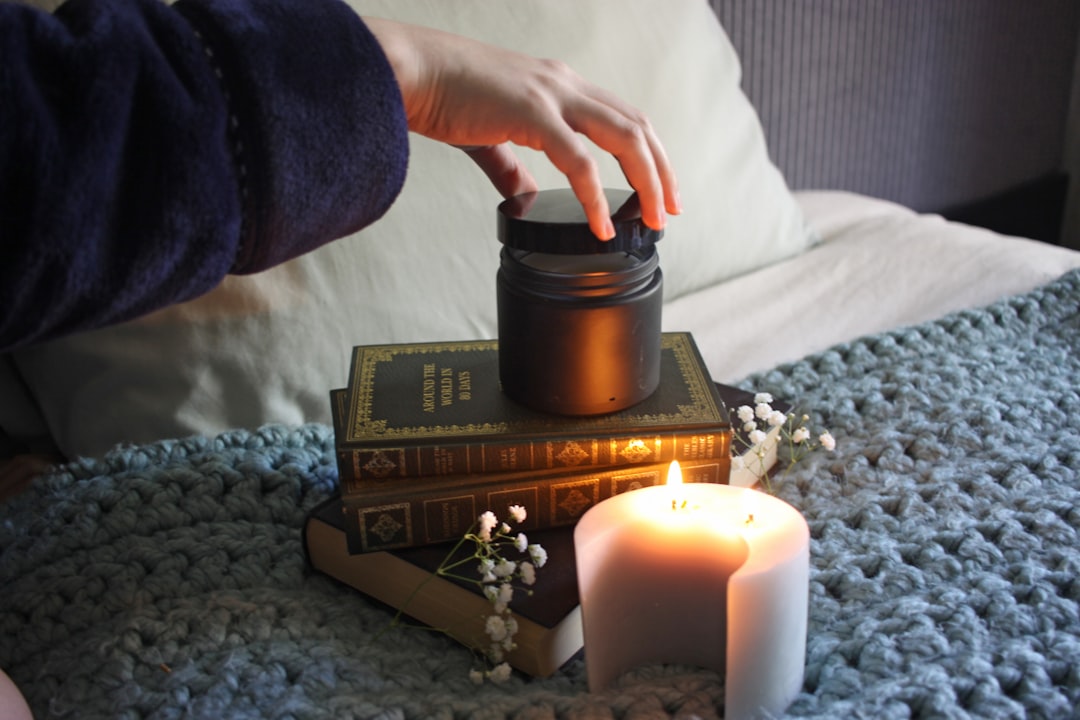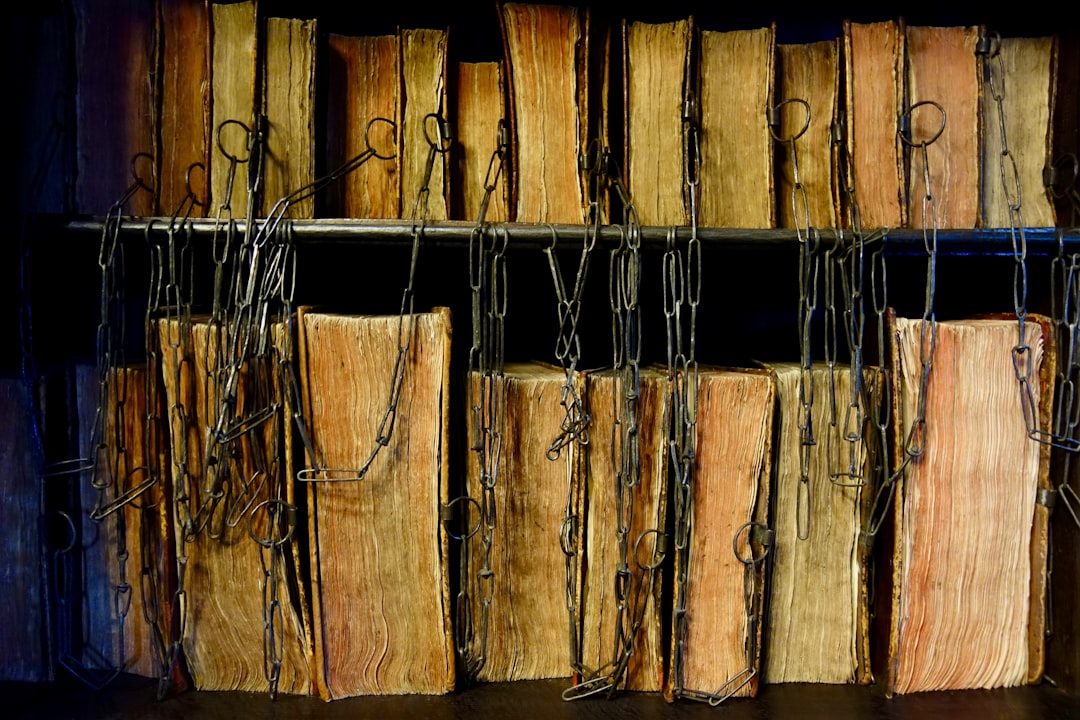In the literary world, first impressions matter, and a well-designed logo can say more about your bookstore or publishing house than a thousand words. Whether you’re a local indie bookstore, a small-batch zine publisher, or an up-and-coming literary imprint, your logo sets the tone for your brand. It tells your audience what you value, what you create, and what kind of stories you champion. A compelling visual identity is essential not just for attracting readers but also for making your mark in a competitive and visually-driven marketplace.
TL;DR
Looking to establish a visual brand for your bookstore or independent publishing house? This article explores twelve creative logo ideas designed specifically for literary businesses. From vintage quills to abstract book stacks, each concept is tailored to evoke storytelling, creativity, and trust. Whether you lean modern or nostalgic, this list offers inspiration that blends aesthetics with the essence of literature.
1. The Open Book
One of the most straightforward yet timeless designs is the image of an open book. Its visual language speaks volumes (pun intended). Incorporating flowing pages or a slightly abstract form can give it a modern twist, while still keeping it accessible and relevant.
Best for: Traditional bookstores, family-owned or community-centered spaces.

2. The Ink Quill Revival
A classic quill pen dipping into an inkwell is a strong representation of traditional storytelling. This logo design embodies the romance of writing and the reverence for the written word, ideal for publishers with a literary or historical focus.
Best for: Literary imprints, poetry publishers, or antique bookstores.
3. Minimalist Book Stack
This logo idea strips away excess detail and focuses on clean lines and form. A stack of books rendered as geometric shapes or parallel lines can communicate clarity, purpose, and modernity. It works well with sans-serif fonts and modern color palettes.
Best for: Digital-first publishers, eBook platforms, or minimalist branding aficionados.
4. The Reading Lamp
A cozy lamp shining light on an open book creates a warm, inviting logo. It’s a subtle nod to nighttime reading, contemplation, and quiet moments. This design often includes soft, muted colors and gentle typography.
Best for: Boutique bookstores, cafes with reading spaces, or subscription boxes for books.

5. Origami Paper Theme
Using the imagery of folded paper or origami-style designs introduces creativity and craftsmanship into your logo. It suggests the folded narratives within pages and appeals to younger or more artistically inclined audiences.
Best for: Indie publishers, children’s book creators, or design-forward bookstores.
6. Typography-Driven Design
Sometimes, the font itself can take center stage. A logo that relies purely on thoughtfully chosen typeface(s) can exude elegance or edge, depending on your approach. Think custom scripts, hand-lettering, or meaningful kerning between letters.
Best for: Avant-garde zines, poetry publishers, or experimental imprints.
7. Abstract Bookmark
The familiar shape of a bookmark can be transformed into an abstract icon that reflects your brand values. Whether it’s a clever play with negative space or a bold geometric bookmark, it can represent dedication to reading and literary exploration.
Best for: Modern bookstores, literary review publications, or book subscription services.
8. Tree of Knowledge
A tree with books for leaves or roots forming storylines taps into a deep metaphor: the lasting impact of reading and growth through knowledge. This design can range from whimsical to grounded, depending on color and illustration style.
Best for: Educational publishers, children’s bookstores, sustainability-focused imprints.

9. The Hidden Message
This concept utilizes clever design techniques like negative space or hidden elements that gradually reveal themselves. For instance, the spine of a book could be shaped like a hidden pen nib. This type of logo invites a pause—and a second look.
Best for: Mystery publishers, puzzle book brands, or interactive literature projects.
10. Vintage Printer’s Block
Think old-school letterpress designs with grainy textures and serif-heavy lettering. A nod to the golden days of publishing, this style is all about texture, nostalgia, and craftsmanship. Pair raw textures with aged paper backgrounds in branding materials for full effect.
Best for: Collectible book dealers, historical fiction publishers, or artisan small presses.
11. The Wandering Reader
This idea features a character—human or animal—carrying a book and walking into a storyscape, such as an open book with a pathway leading inside. It captures the exploratory spirit of reading and the idea of journey through stories.
Best for: Travel-themed bookstores, young adult publishers, or brands that focus on escapism in literature.
12. The Literary Monogram
Turn your initials—or a clever combination of your brand’s name—into a symbolic logo. Add to it forms like a pen tip, letter ‘B’ shaped like a book, or an open leaf that doubles as a page. This approach is great for creating a lasting signature symbol in your niche.
Best for: Personal publishing ventures, sole proprietor bookstores, and long-term branding strategies.
Tips for Choosing the Right Logo
- Know Your Audience: A whimsical logo may turn heads in a children’s bookstore, but may not suit an academic imprint.
- Stay Scalable: Choose a design that looks great on a website but also works at a smaller scale for bookmarks or social icons.
- Monochrome Matters: Your chosen logo should still be recognizable and effective in black and white.
- Balance Clarity and Creativity: Always strive for readability and instant recognition without sacrificing uniqueness.
Final Thoughts
Your logo is more than a design—it’s the narrative thread that ties your brand story together. In a business built on imagination and communication, your logo should reflect the magic of books and publishing. Whether you go for a minimalist graphic or a symbolic narrative emblem, let authenticity and passion lead your design journey.
Remember: great literature leaves a mark. Your logo should aim to do the same.
